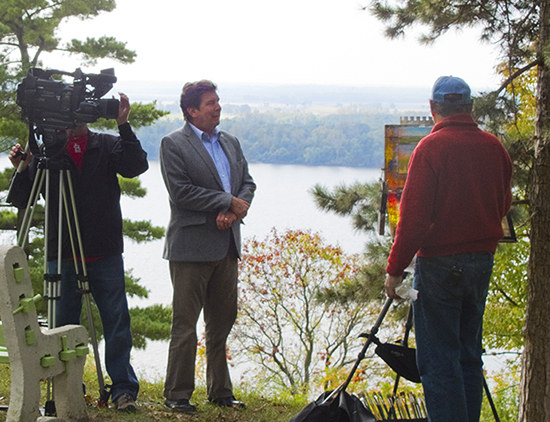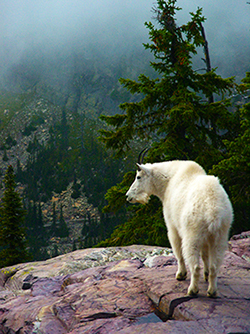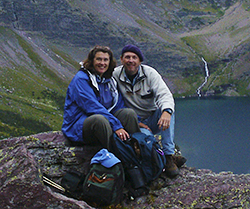Tonal Impressionism - Perspectives from The Artist's Road
Previous
|
Tonal Impressionism We have been focusing on Tonalism this month, re-reading some inspired books and exploring the subject on canvas with our students in class. One of those books (found used on Amazon) is The Poetic Vision: American Tonalism, published in 2005 by the Spanierman Gallery. The book is a catalog from an exhibition mounted by the gallery. Some of the essays in it delve into the same issue we have been exploring—the intersection of Tonalism and Impressionism.
But Tonalism also had French roots—the French Barbizon style which had emphasized mood and atmosphere in paintings. Art critics described the new movement as “Quietism” and “Intimism” in addition to "Tonalism". The New York Times wrote about an exhibition of Tonalist paintings in 1896 at the Lotos Club in New York, “None of the men here give evidence of sympathy with the present movement of brilliancy of vibrant sunlight, the impressionistic tendencies of pure color effects in high key, or the Monet-like qualities of sparkling pigment, laid on with the full strength of the palette. On the contrary, the men have kept to more quiet efforts in the matter of tone . . . whatever else may be said of the exhibition, it is one of considerable harmony.“
|
Become an Artist's Road Member Today!
Already a Member?Log in here. To renew your membership, log in and follow the links. Search the SitePerspectivesNot ready to become a Member yet? Subscribe to our free email postcards, "Perspectives". Enter your email address here.
Member ContentFree ContentThe Artist's Road StoreNocturnes - A Primer on Night Painting Filled with inspirational examples by the masters of nightime painting, this little book is sure to fire up your creative energies. Never tried painting at night? We show you how it's done with a step-by-step-oil demo and a tale of night painting in the wilds of Rocky Mountain National Park. The Primer on Night Painting - Nocturnes is a 7 x 7" PDF download with 40 pages of text and images. It includes a gallery of paintings by masters of the nocturne, information to inspire and encourage you in your plein air nocturne painting, an illustrated step-by-step demo and tips for working in pastel and oil. Also available in a softcover edition. Check out the tools and other products that we use in our own art and travels in The Artist's Road Store. We only offer things for sale that we enthusiastically believe in.
About Us
|

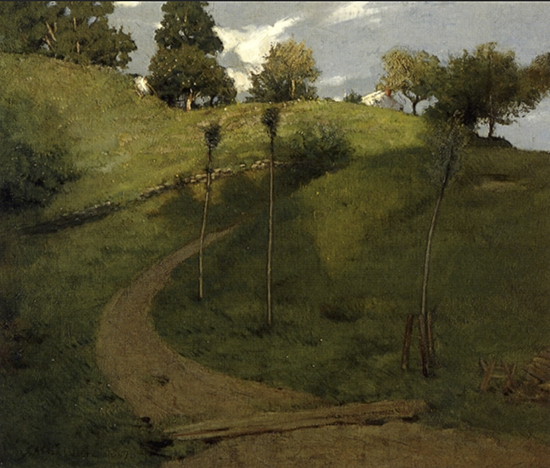
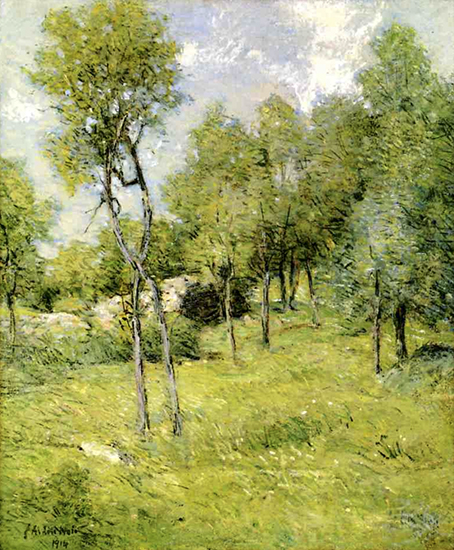
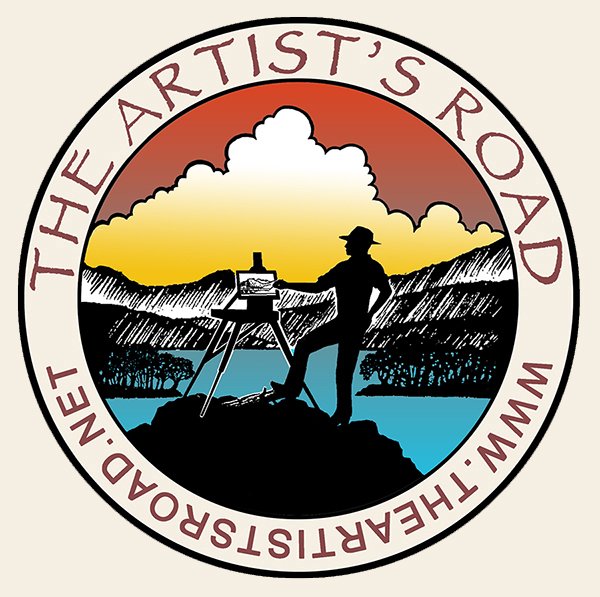
 Voices of Experience:Richard K. Blades
Voices of Experience:Richard K. Blades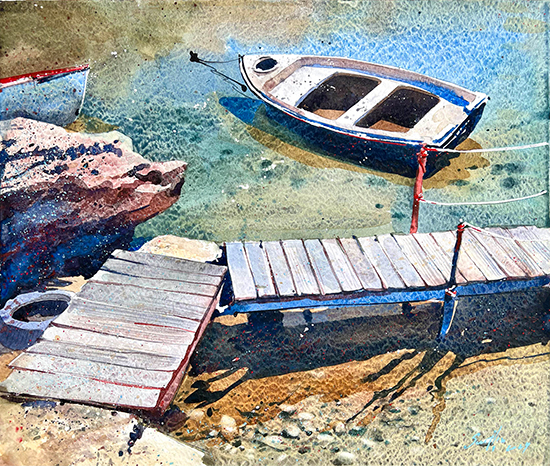
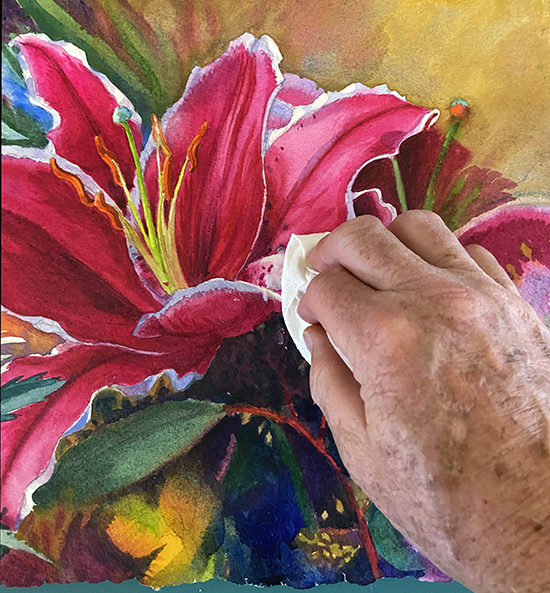 ing Watercolors
ing Watercolors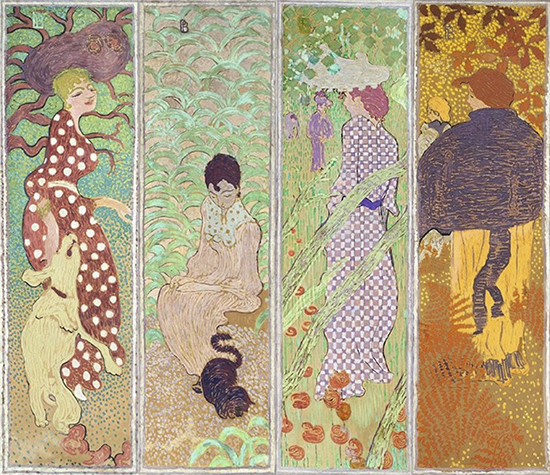
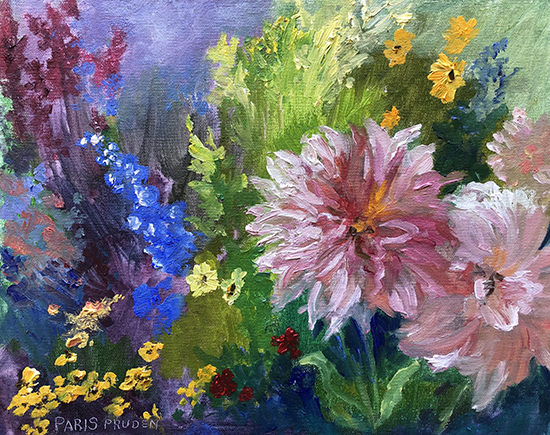
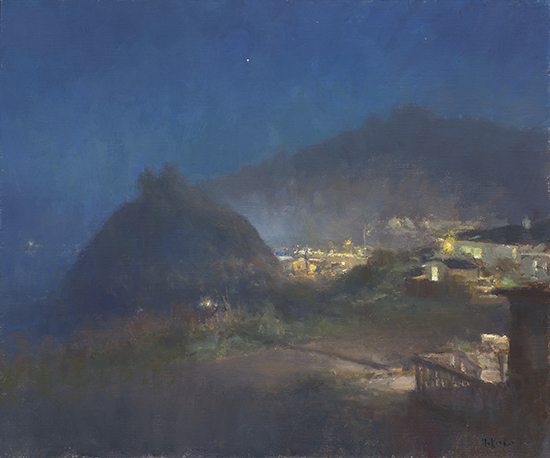 Nocturne Notes
Nocturne Notes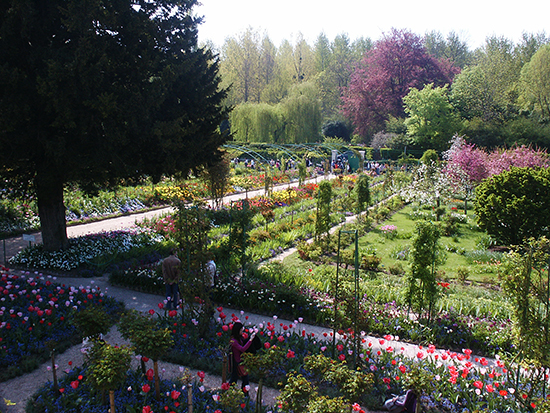 Inspiration in Monet's Gardens
Inspiration in Monet's Gardens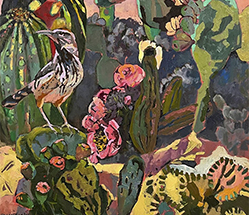
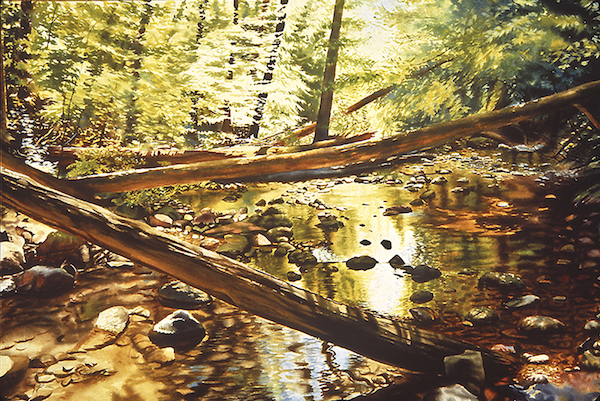 The Watercolor Medium
The Watercolor Medium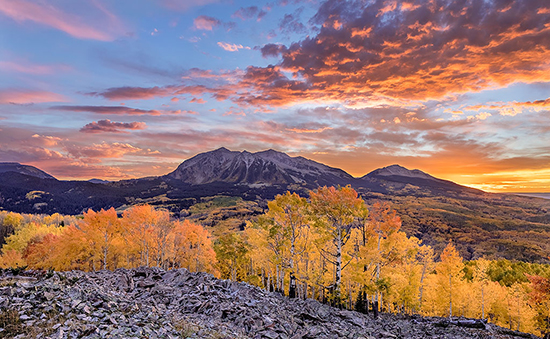
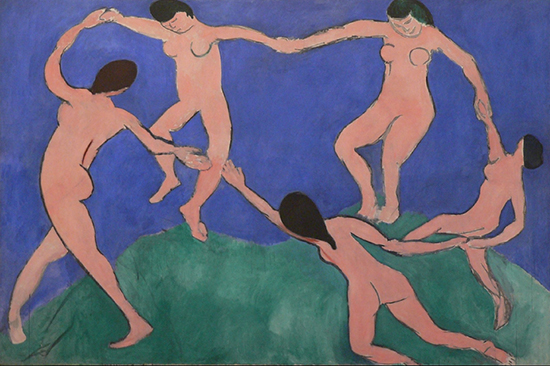 The Perspectives Archive
The Perspectives Archive